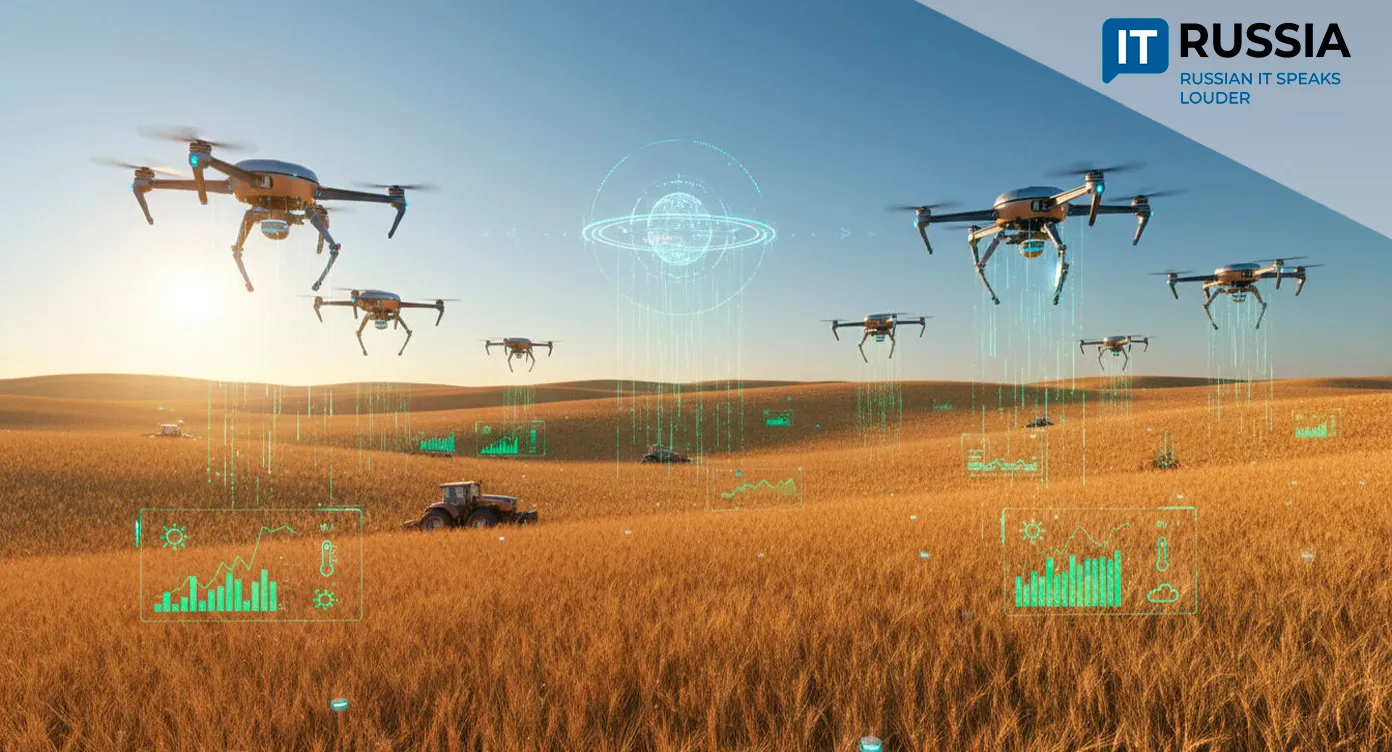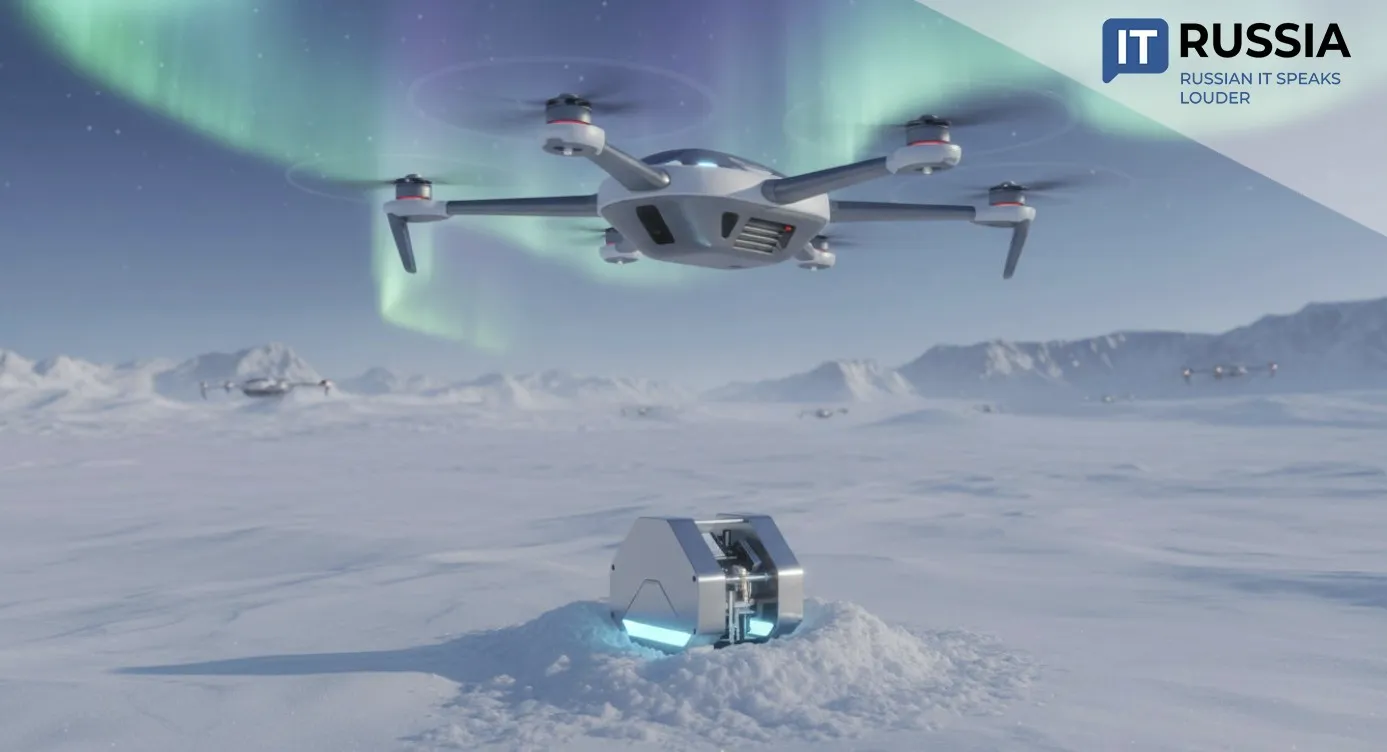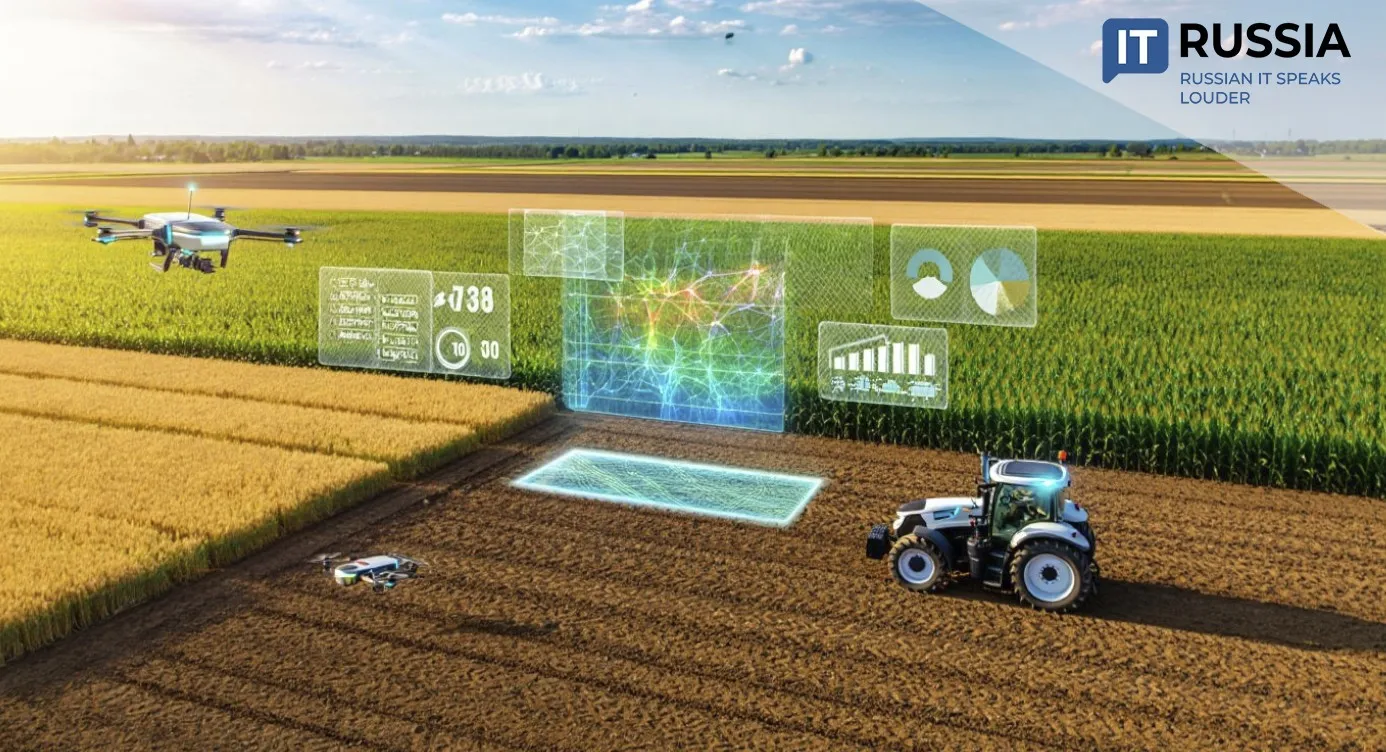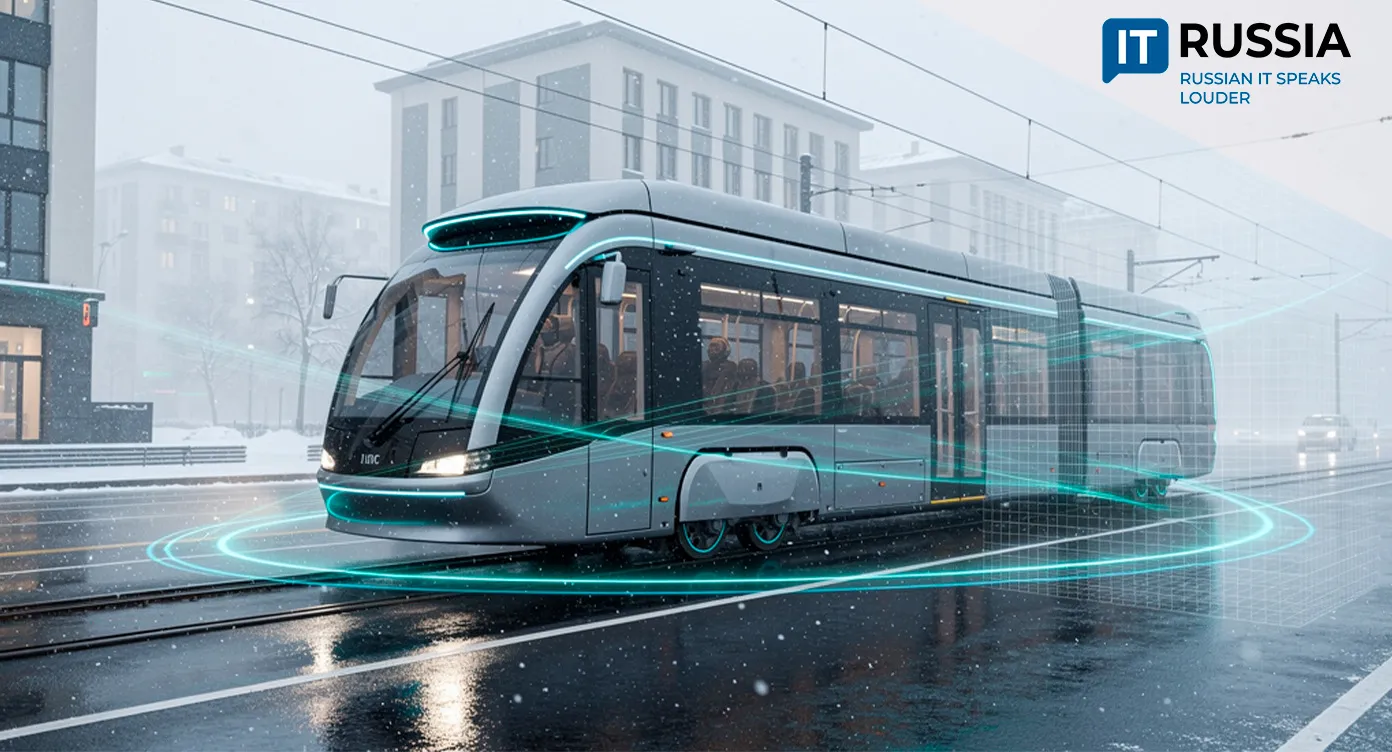Yandex Teaches Navigation to Understand Every Driver
Yandex has introduced a personalized travel-time prediction technology for its Maps and Navigator apps. The system adapts travel forecasts to each driver’s individual driving style, marking a major step toward smarter, more human-centered navigation.

The Algorithm Learns Your Driving Style
Yandex has integrated machine learning technology into its mapping apps to calculate personalized travel times for every driver. The algorithm analyzes large datasets from trips made with navigation enabled, evaluating how many kilometers a user drives per week and comparing this with general traffic flow. It determines whether a driver typically moves faster or slower than average, overtakes often, or tends to accelerate and brake aggressively.
The collected data is averaged and processed by a machine learning model that determines how personal driving factors influence predictions, depending on the day of the week, time of day, traffic conditions, and other variables. As a result, the estimated arrival time for the same route may vary between drivers based on their individual habits. The model continuously adapts — if a driver slows down in winter, Yandex Maps and Navigator gradually adjust to those seasonal changes.
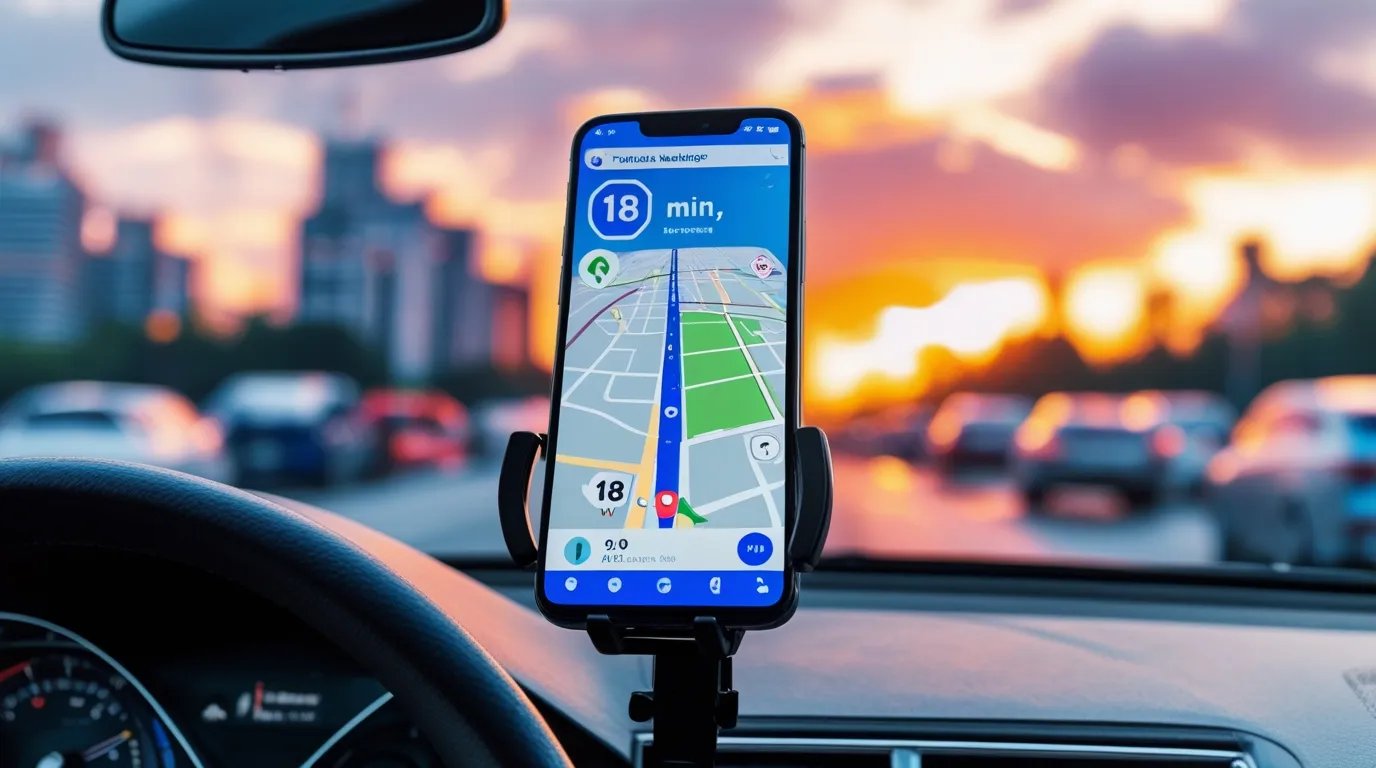
This innovation goes beyond technological improvement; it’s a shift toward individualized navigation that replaces universal estimates with personalized forecasts. For users, this means more realistic travel times and fewer surprises. For businesses — especially taxi, delivery, and logistics — greater accuracy translates into reduced costs and improved service quality. More broadly, this development fuels Russia’s progress in intelligent transport systems and AI integration in mobility infrastructure.
Ready for Export
The successful implementation of personalized navigation opens opportunities for scaling both in Russia and abroad. Yandex plans to extend personalization beyond travel-time prediction — future updates will factor in a user’s route preferences, such as avoiding narrow streets, choosing highways, or selecting scenic drives.
This Russian innovation could become a strong competitive advantage in the global navigation market. If its adaptive algorithms prove effective, they could be licensed or exported for use by international navigation services. Localization, however, will be required, as driving styles, road culture, and traffic conditions differ significantly across countries.
Integration of personalized forecasts with other Yandex services will create powerful synergies. For example, the technology can enhance Yandex.Taxi’s vehicle dispatch accuracy, optimize delivery routes, and strengthen smart city traffic management systems. Driver behavior data could even support road-safety applications by identifying risky driving patterns and enabling predictive warnings.
The Science Behind Personalized Navigation
The Yandex system builds on years of research into travel-time prediction using machine learning. Global research communities have long explored route-time estimation through probability-based models and Monte Carlo simulations to handle uncertainty. Techniques such as STAD, which adjust baseline forecasts according to spatial and temporal factors, have demonstrated measurable improvements in accuracy.

Neural network–based models have also emerged, capturing complex dependencies between road segments and traffic patterns. Yandex is actively developing its own forecasting methods: the company recently replaced its CatBoost-based three-day prediction model with a neural network, achieving higher long-term accuracy.
While navigation services like Google Maps and Waze already adjust routes based on historical and live traffic data, personalization that accounts for individual driving style — and adapts continuously to behavioral changes — is far less common. Yandex’s innovation marks an evolutionary leap, setting a new benchmark for individualized navigation experiences.
The Future of Navigation
This Russian advancement signals a new era in navigation technology. In the short term, by 2027, Yandex aims to enhance personalization algorithms to adapt faster to driver behavior and minimize prediction errors. The company will balance accuracy with data privacy, ensuring robust protection of sensitive driving information.
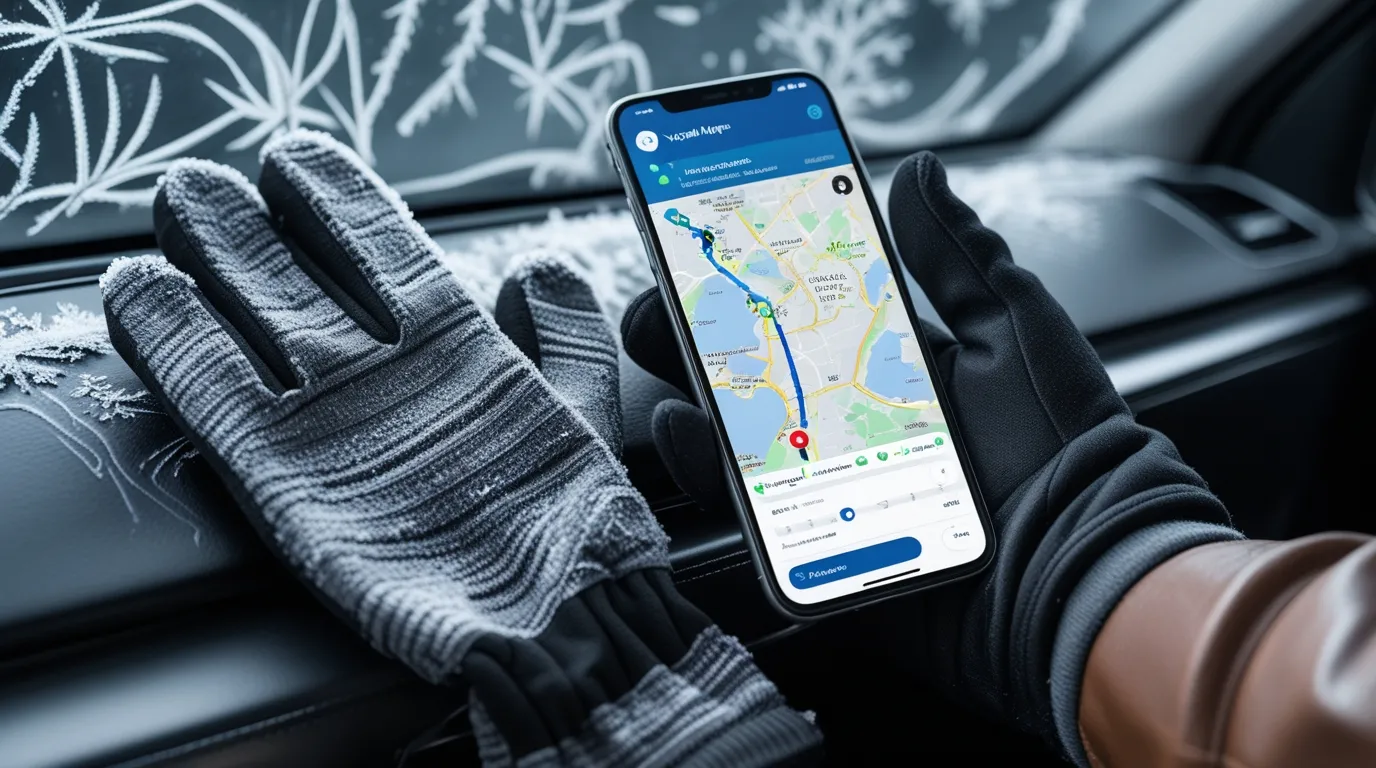
In the medium term, hybrid prediction models will emerge, considering not only user behavior but also vehicle type — from sedans to SUVs and trucks. Personalized travel-time APIs could be offered to logistics, courier, and ride-hailing companies. If successful, this approach may inspire other mapping services, both in Russia and globally, to adopt deeper personalization, fostering competition and innovation.
In the long run, personalized navigation will integrate with smart city ecosystems. It will interact with public transport systems, adaptive traffic lights, and road sensors to fine-tune predictions. Yandex already displays real-time traffic light signals within Moscow’s Garden Ring, including countdown timers for light changes. In the future, the system could calculate “green waves” — routes with the fewest red-light stops.
Ultimately, this technology could set a global standard for personalized navigation. For everyday drivers, it means greater trust in route predictions and less frustration from unexpected delays. For Russia, it highlights the nation’s growing technological sophistication — positioning its companies as innovators in smart mobility solutions.






